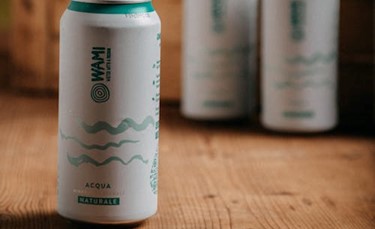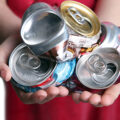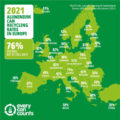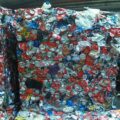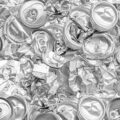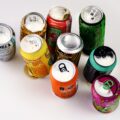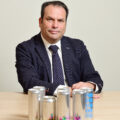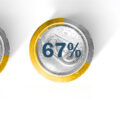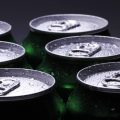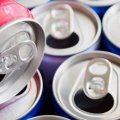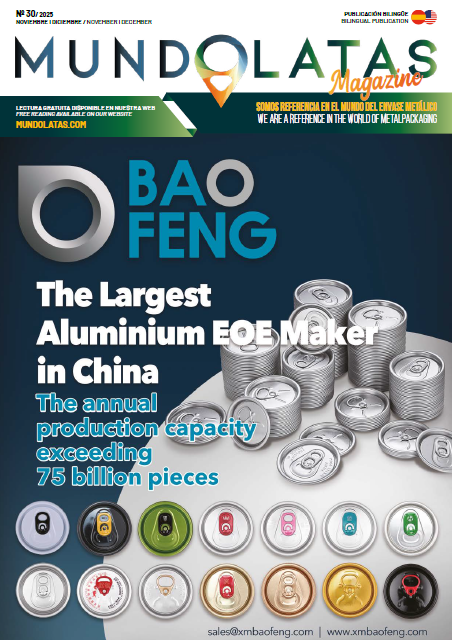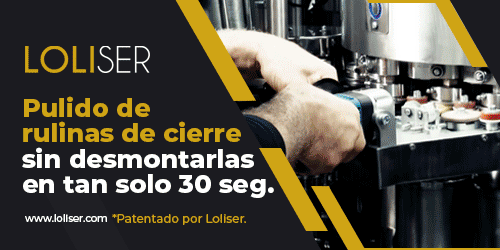The Beverage Can Association (ALB) has reported that in Spain the recycling rate of aluminum beverage cans increased from 67% in 2022 to 70% in 2023. This calculation is made according to a demanding methodology defined by the European Union in 2021, whose objective is to guarantee the unification of criteria and the comparability of recycling rates between member countries, as well as packaging materials.
In 2023, 77,000 tons were recycled, compared to 68,000 tons in 2022. This represents an increase of 13%, but taking into account that consumption also increased by 1.8%, the final increase in the recycling rate was 3 percentage points.
It is important to note that this 70% recycling rate has been achieved through a system of voluntary participation, which shows the commitment of Spanish citizens, who are increasingly depositing their packaging in selective containers, on the one hand, and of local authorities, who are responsible for waste collection and sorting in our country, on the other.
These results place Spain in the vicinity of the European average for aluminum beverage can recycling. It should be remembered that this average includes data from countries with a mandatory system, such as Belgium, Denmark, Sweden, Finland and Germany, and countries with a voluntary system, such as Spain, France and Portugal. With seven out of ten cans recycled, our country is among the first in the group of European countries with a voluntary participation system.
Iván Cirera, president of the Beverage Can Association has expressed the ALB’s gratitude to the millions of citizens who daily deposit the consumed cans in the yellow container; to the thousands of local entities that are in charge of collecting and selecting them and, finally, to the aluminum recycling companies.
Cirera concludes by stating that, although the sector continues to work on the use of renewable energies and the lightening of the can, the main lever to achieve emission neutrality in 2050 is precisely to increase the recycling rate in each territory. In this regard, the Association aims to reach 90% by 2030, as stated in its latest communications.

